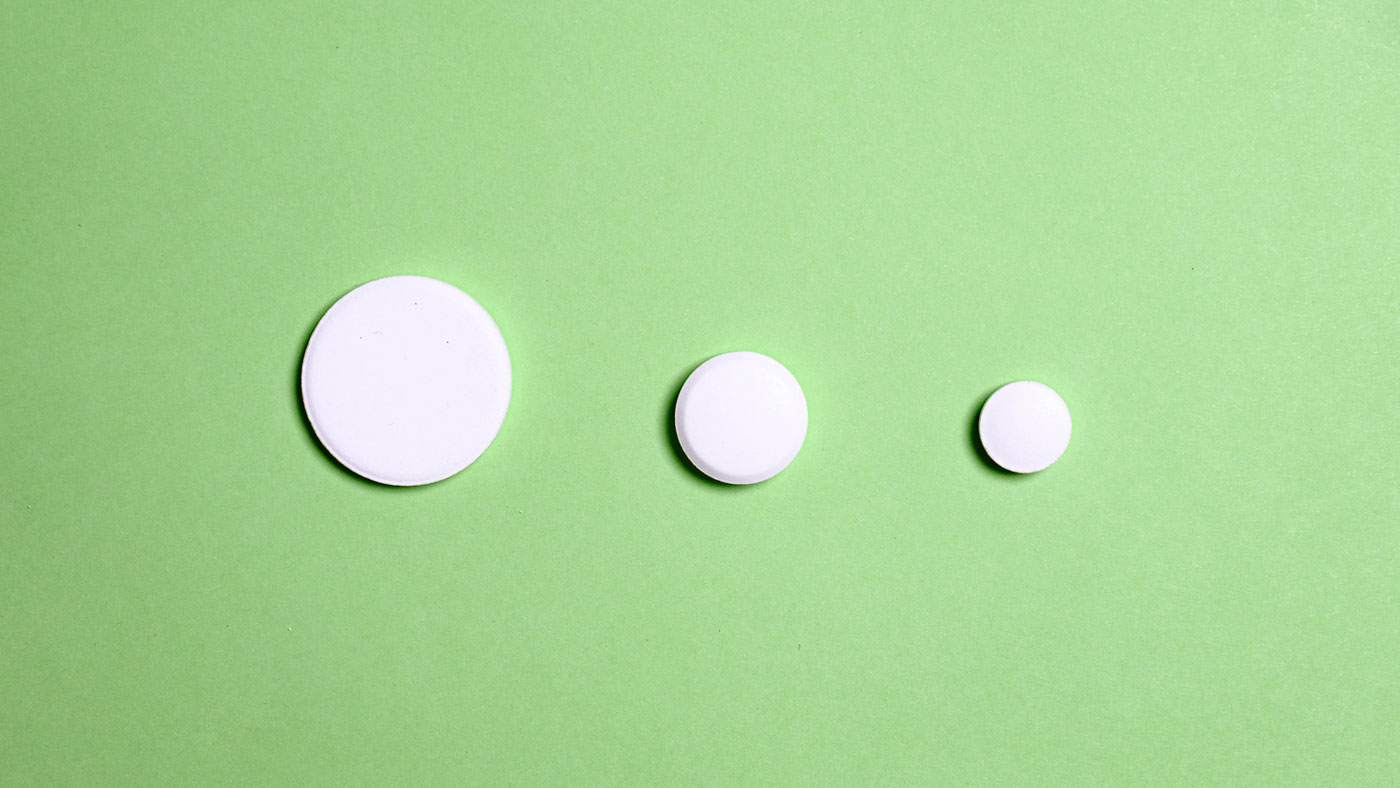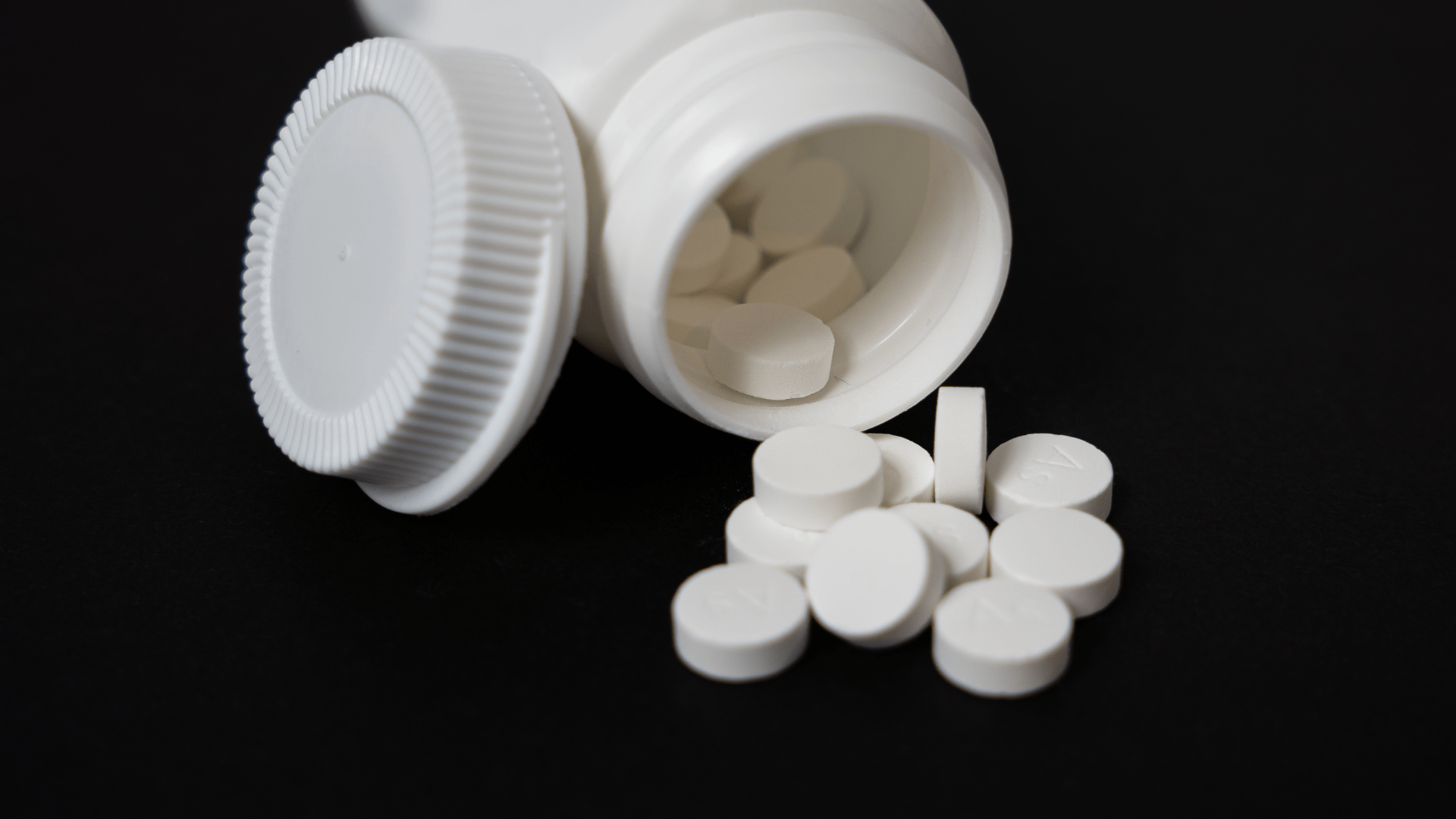Oxycodone and Hydrocodone: Similarities and Differences

- Hydrocodone and oxycodone are Schedule II controlled drugs for pain management.
- These drugs can be addictive because of how they stimulate the brain’s pleasure centers.
- Both are available as oral tablets or capsules by prescription only but misuse includes crushing the pills and snorting, smoking, or injecting them.
- Common side effects include back pain, muscle stiffness, dry mouth, headache, and ringing in the ears. More serious side effects include vomiting, shaking, chest pain, seizures, and difficulty breathing.
Oxycodone and hydrocodone are semi-synthetic narcotic opioids. They treat many types of pain, such as nerve, chronic, and overall severe pain. They can also be highly addictive due to how they affect the brain.
What Is Oxycodone?
Oxycodone is a powerful Schedule II painkiller. It is semi-synthetic, which differs from morphine. Morphine is derived from opium, which comes from the natural latex of the poppy flower.
The FDA has approved oxycodone to treat and manage acute, severe, and chronic pain. Doctors may prescribe it for those whose pain does not react to other medications. Studies have shown that this medication is useful for this purpose but still has a high risk for dependence, abuse, and addiction.
Extended-release options keep the drug in a person’s system longer, making it a common prescription for chronic pain. Common street names for this drug include Ox, Oxy, and OC.
How It Affects The Brain And Body
Oxycodone is an opioid receptor agonist with a special affinity for mu, kappa, and delta-type opioid receptors.[1] Upon binding to these receptors, adenylate cyclase is inhibited, and a molecule called cAMP is decreased. This change, called a signal cascade, inhibits nociceptive (relating to pain) neurotransmitters.
These neurotransmitters include acetylcholine, GABA, dopamine, and noradrenaline. The drug also slows the central nervous system (CNS), making it less excitable. This reduces pain throughout the body. Oxycodone is also useful for treating different types of pain. These include nerve, muscle, and chronic pain.
Forms and Uses
Oxycodone is available as a tablet or capsule that should be swallowed whole. It is also available as an oral solution, which is best for those who have trouble swallowing. Some oral concentrates have doses as high as 100 mg/5 mL. Most tablets and pills rarely go beyond 60 mg. The pills also have doses as low as 5 mg.[2]
It is often necessary to prescribe higher doses for more severe pain. Examples of severe pain include:
- Permanent nerve damage
- Spinal degeneration
- Pain remaining from an injury
- Pain from conditions such as cancer or AIDS
- Pain post-operation (surgery)
Even when oxycodone is taken as prescribed, it still can cause euphoria or other addictive aspects.
When it is abused, the risks of dependency and addiction are even higher. Oxycodone abuse includes crushing the pills and snorting, smoking, or injecting them. This releases the drug’s whole dose into the system instantly and produces a powerful euphoria. This can also cause accidental overdoses.
Oxycodone Side Effects
Side effects of oxycodone include difficulty breathing, confusion, twitching, tightness in the chest, and chills.[3] Some may not experience any side effects when taking this medication. Others may experience rare side effects, such as bloating in the extremities, bloody urine, fainting, dry mouth, seizures, and vomiting.
Minor side effects should go away after a week or two. Severe side effects may require you to stop taking the medication. Always talk to your doctor if you experience any side effects.
How Long Does Oxycodone Stay In Your System?
Oxycodone’s half-life is between three and four hours. Hair follicle tests can find the drug in the system 90 days after the last use. The drug becomes detectable in the blood 1 to 3 hours after taking Oxycodone and continues to be detectable 24 hours after the last use. [4]
What Is Hydrocodone?
Hydrocodone is a Schedule II controlled substance used to treat pain and coughing. You will often find hydrocodone as an ingredient in prescription cold medicines. As an opioid, hydrocodone works similarly to oxycodone. It also has a high potential for dependence and addiction when misused.
How It Affects The Brain And Body
Hydrocodone works similarly to oxycodone by activating the mu-opioid receptors.[5] It also binds to delta and kappa opioid receptors, but it has a greater affinity for the mu receptor. These receptors are located in the CNS, allowing them to have an analgesic effect across the whole body via decreasing neuron excitability.
The antitussive properties of hydrocodone may work due to the interaction with the nucleus tractus solitarius (NTS). Inhibiting the medulla’s cough center in the brain may also help. Taking too much can cause respiratory depression, and, in severe cases, respiration may stop.
Forms and Uses
Hydrocodone is often found as a liquid in prescription oral cold medications. Hydrocodone is also available in a purer form as pills or capsules. These pills should be swallowed whole to avoid overdose or addictive consequences.
Each dose is between 2.5 and 10 mg. Some hydrocodone is mixed with acetaminophen for additional pain relief. However, it is necessary to limit the consumption of this drug to avoid liver damage. Hydrocodone is often prescribed for coughs and pain that has not responded to other drugs.
Hydrocodone Side Effects
Common side effects include back pain, muscle stiffness, dry mouth, headache, and ringing in the ears. More serious side effects include vomiting, shaking, chest pain, seizures, and difficulty breathing.[6] Severe side effects require you to stop taking the medication and immediate medical attention before the effects get worse.
Some people don’t develop any side effects, or the side effects may be minor.
How Long Does Hydrocodone Stay In Your System?
The half-life of hydrocodone is around four hours. It takes the body around eight hours to clear it. It is still detectable in the hair follicles for up to 90 days.
Are Oxycodone and Hydrocodone Addictive?
All opioids have the potential to be addictive. Oxycodone, hydrocodone, and codeine are opioids used for pain relief, but differ in potency and origin. Oxycodone and hydrocodone are semi-synthetic opioids, primarily for moderate to severe pain. They differ from codeine, a natural opioid, which is milder and also used as a cough suppressant. These differences influence their prescribed dosages and clinical applications.
Both hydrocodone and oxycodone are classified as Schedule II controlled substances by the DEA, indicating a high potential for abuse. Opioids work by binding to opioid receptors in the brain. This binding stimulates the brain’s pleasure centers. When the drugs are misused, the pleasure centers are so stimulated that euphoria results. This euphoria is so strong that it leads people to keep abusing the drug to keep experiencing that feeling.
The euphoria is also followed by dysphoria or a crash. This makes a person feel physically terrible and spurs them to continue abusing the drug so they can experience euphoria again. If a person takes the drugs exactly as prescribed, it is unlikely that dependence or addiction will form. Abusing the drug may make the consequences more likely.
Once a person becomes addicted, it will be difficult for their brain to function without the medication. The brain relies on the presence of the drug to stimulate its pleasure centers. Without it, the brain will struggle to produce its own feel-good hormones like dopamine and serotonin. This can cause severe withdrawal symptoms such as anxiety, suicidal thoughts, fever, and seizures.
Treatment For Oxycodone and Hydrocodone Abuse
If you have a severe or long-term addiction, full or partial hospitalization or intensive outpatient programs can help. These programs encompass the entire aspect of addiction, how it works, and how to treat it. You will go through several hours of therapy and mentoring to help you get back on your feet. You can still sleep at home and handle your daily duties while getting treatment. This ensures your life isn’t thrown off balance.
A standard outpatient program is better for those with more recent addictions. Dual-diagnosis treatment centers can treat several problems at once, such as substance use disorder and depression. Mental health issues often lead to drug problems, and dual-diagnosis treatment can treat both. Aftercare is also important and can help you remain drug-free after you leave the treatment program.
Frequently Asked Questions About Oxycodone and Hydrocodone

